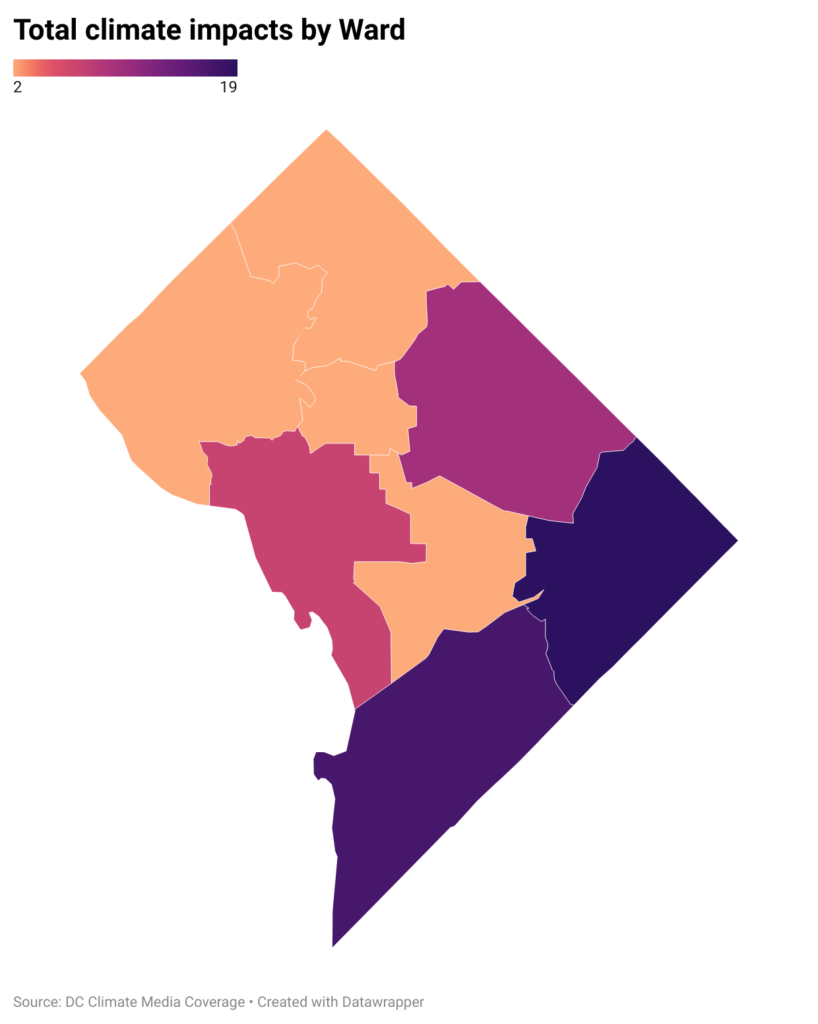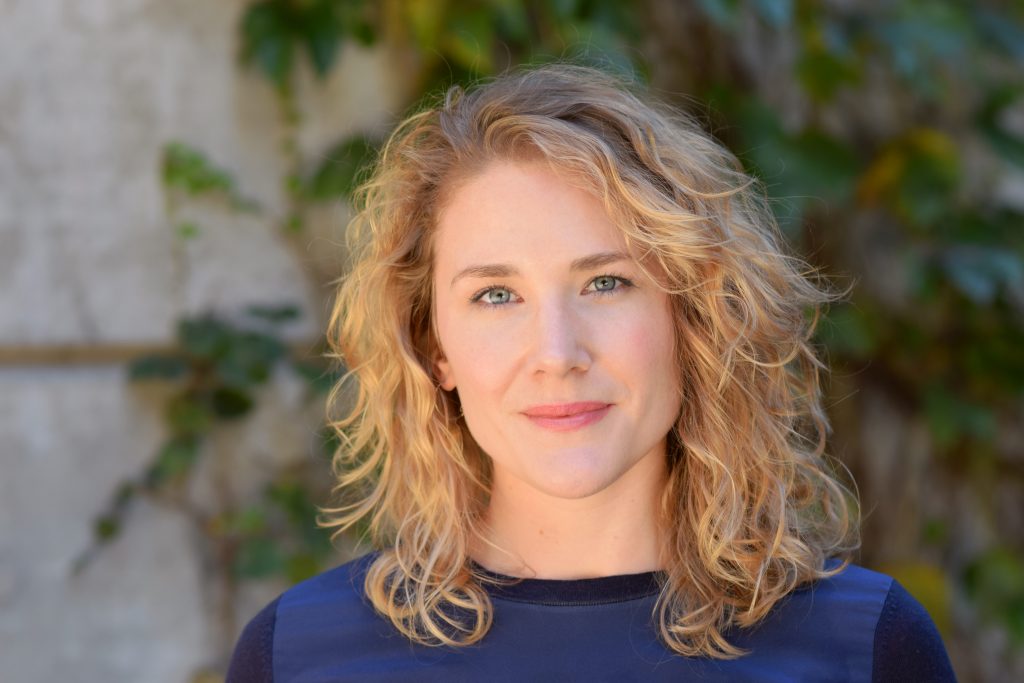With DCist’s closure, the district lost its most prolific source of climate news
When my colleague Aarushi Sahejpal and I began an analysis of local climate coverage in DC last year, it became clear that one outlet was producing way more stories about climate change than any other. WAMU/DCist, a popular local news site, produced 28 out of the 69 articles we analyzed. So when DCist’s owner, local NPR affiliate WAMU, announced last February it was to close the site, we wondered: Could this change undermine residents’ understandings of how climate change is affecting them?

Credit: Aarushi Sahejpal
Local media are important sources of climate information. Seen as less partisan and more trustworthy than national media, local journalists can help people to see how climate change relates to their everyday lives. And this information is important. As climate impacts get more extreme, more and more people are exposed to health problems and losses. At the same time, local media are not rising to meet this challenge: National newspaper coverage of climate change has increased by 30 per cent since 2012, but it has decreased at the local level countrywide.
Our analysis is part of the “Climate Story Gaps Project”, a CECE Faculty Incubator Program collaboration with Professor Malini Ranganathan at AU’s School of International Service, through which we are investigating DC’s untold and underreported climate stories. Professor Ranganathan’s research shows that many people on the front lines of climate change in DC are concerned about related problems like houselessness, food deserts, extreme heat, and poor air quality, but do not necessarily connect them to the climate crisis because climate change feels disconnected from everyday life.
By identifying story gaps, we hope to find ways to tell more compelling and representative climate stories, ensuring more people are included in conversations about how to respond to climate change. Local media coverage is one entry point for these conversations. Most people in the United States say local media cover the news accurately and that local journalists do their job well.
That’s why one of the Climate Story Gaps Project’s aims is to understand local media coverage of climate change better. In my class, Global Climate Change, Local Stories, students analyzed the local media stories, examining whether they mentioned climate change or not, the climate effects that they discussed, as well as those important adjacent concerns such as trash pickup, air pollution, and health.
While we saw some fantastic in-depth coverage delving into the ways inequities in the district translate into greater or lesser exposure to climate impacts, around half of the articles we analyzed did not mention climate change. This suggests there are untapped opportunities for local journalists to connect everyday experiences to climate change. Students were surprised to see how few stories about water pollution in the Anacostia River mentioned climate change, for instance.
We found several other surprises in the data. While many articles discussed the whole of DC or locations not specific to one ward, like the Anacostia River, most of the articles that mentioned climate change and a location focused on wards 5, 7, and 8, the lowest-income wards in the District.
Historically, the media are less likely to cover areas that bear the greatest environmental and social costs, so this was a pleasant surprise. We are going to dig further into this, but we hypothesize that this focus may reflect a growing understanding among journalists of environmental inequities. We also want to look into whether coverage that reflects most affected communities is more likely in nonprofit news sources. If so, the loss of DCist may lead to a decrease in news focused on the district’s most exposed populations.

Credit: Aarushi Sahejpal
Finally, although increased flooding—one of the most visible climate impacts in DC—gets a reasonable amount of coverage, media sources were more likely to cover health impacts like heat stress and ecological changes in stories that mention climate change. Health impacts appeared in stories across all wards.
Credit: Aarushi Sahejpal

Credit: Aarushi Sahejpal
All this suggests some interesting directions for further analysis. First, we are considering how to show data from stories that don’t mention a specific location in a compelling way. Second, we also have data on the occupations of the people quoted to see what kinds of expertise are most represented. Third, we want to investigate coverage that does not mention climate change in more detail.
Finally, the continuing loss of local news nationwide is bad news for local understandings of climate change and democratic climate policymaking. We plan to investigate the impact of DCist’s closure on the volume and nature of climate coverage in the district.
Special thanks to Professor Aarushi Sahejpal and Investigative Reporting Workshop fellows Gabe Castro-Root and Madeleine Sherer, who sourced most of the articles analyzed for this study.


